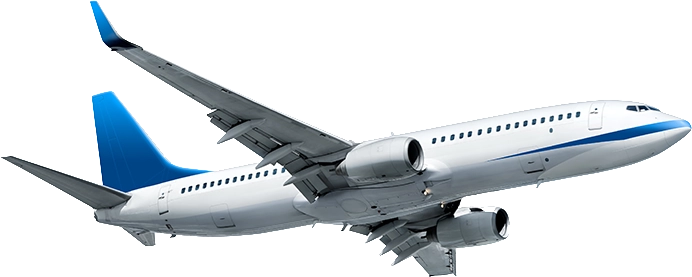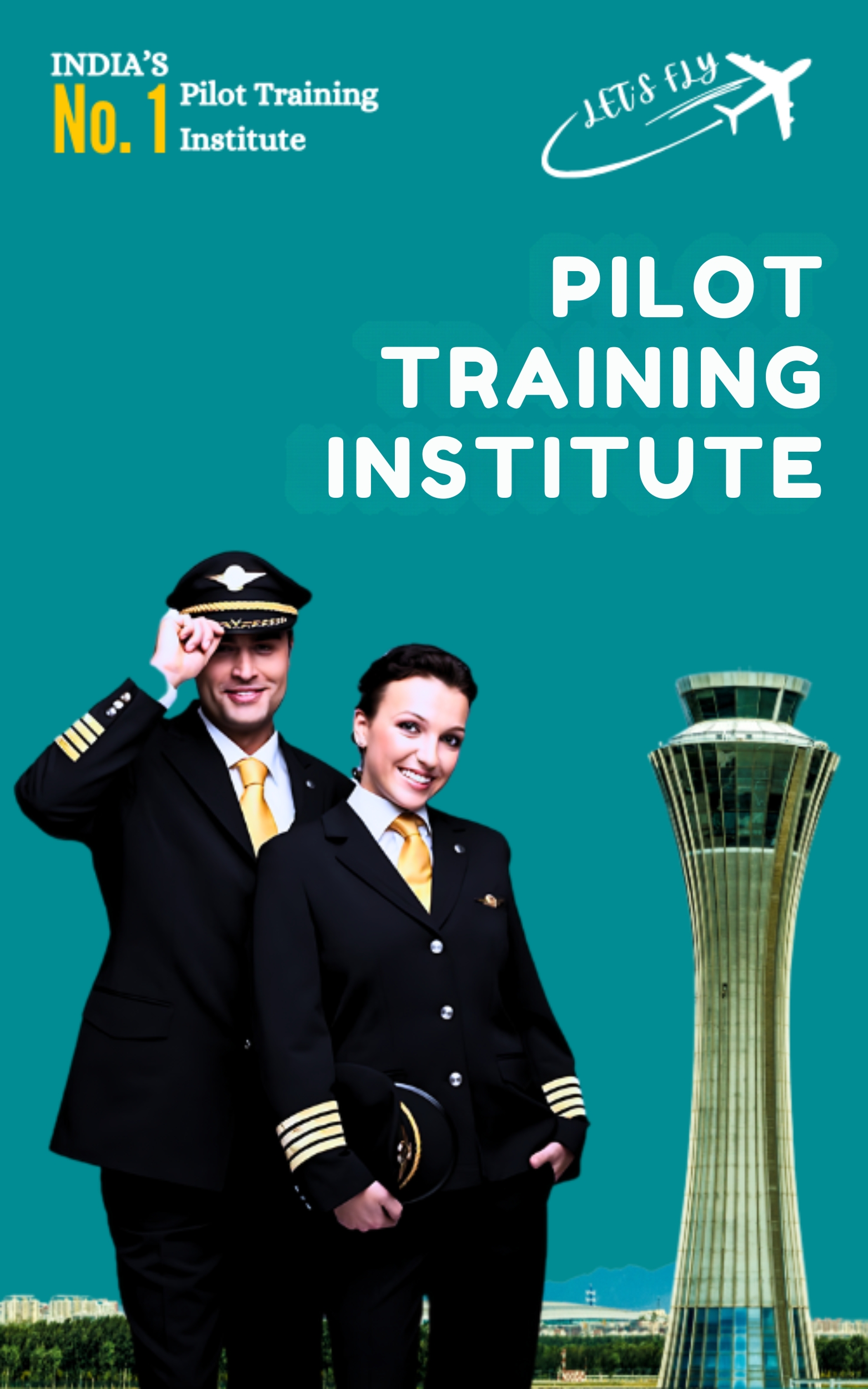Everything You Need to Know About a Pilot Career
Flying is an exciting career choice, offering a unique opportunity to explore the skies and work in a field that commands respect and offers job security. If you’re aspiring to become a pilot in India, there’s much to consider before embarking on this exciting journey. This guide will walk you through every step of the process, from understanding the types of pilots to meeting eligibility requirements, undergoing the selection process, and navigating the costs associated with training.
Types of Pilots
Understanding the different types of pilots is important as each type has specific training requirements, career paths, and responsibilities. Let’s take a detailed look at the main types:
Private Pilot (PPL):
- Responsibilities: A Private Pilot can fly for personal or recreational purposes but cannot be paid for flying.
- Training: Training for a PPL includes learning to fly smaller aircraft, navigation, and understanding aviation laws. It’s the first step in a pilot’s career.
- Licensing: The Private Pilot License requires approximately 40-50 hours of flying time, including both solo and dual instruction.
Commercial Pilot (CPL):
- Responsibilities: A Commercial Pilot is allowed to fly for compensation, such as for airlines, cargo, or charter services.
- Training: CPL training is more rigorous and involves mastering the operation of various types of aircraft, advanced navigation, and meteorology.
- Licensing: To obtain a CPL, a pilot must log a minimum of 200-250 flying hours, including specific hours in cross-country and night flying.
Airline Transport Pilot (ATP):
- Responsibilities: ATPs are responsible for piloting large airliners and are the highest rank for commercial pilots.
- Training: This is the most demanding level of pilot certification, requiring additional exams and flying hours.
- Licensing: ATP certification requires a minimum of 1,500 hours of flight experience and is essential for pilots wishing to serve as captains on commercial flights.
Helicopter Pilot:
- Responsibilities: Helicopter pilots often work in industries such as medical evacuations, tourism, and cargo transport.
- Training: Training involves both classroom study and hands-on practice in helicopter operations. The hours needed for a helicopter license can be lower than those for fixed-wing aircraft.
Flight Instructor:
- Responsibilities: Flight instructors train new pilots, helping them accumulate flying hours and improve their skills.
- Training: To become an instructor, you must first hold a commercial or airline transport license and complete additional training specific to teaching flying skills.
Cargo Pilot:
- Responsibilities: Cargo pilots are responsible for transporting goods instead of passengers. They often fly at night and across long distances.
- Training: This role typically requires a Commercial Pilot License (CPL) and experience flying long-haul flights.
Eligibility Requirements to Become a Pilot
Becoming a pilot requires meeting certain basic eligibility criteria, as set by the Directorate General of Civil Aviation (DGCA) in India. Let’s break down these requirements:
Educational Requirements:
- For PPL: While there’s no specific requirement for education, it’s beneficial to have completed at least your 10+2 (Higher Secondary) with subjects like Physics, Chemistry, and Mathematics.
- For CPL and ATP: You must have completed 10+2 with Physics and Mathematics to ensure you have the necessary foundation in science for aviation training. A degree is not mandatory but can enhance your knowledge and opportunities.
Age:
- For PPL: You must be at least 17 years old to apply for a Private Pilot License.
- For CPL: The minimum age for a Commercial Pilot License is 18 years.
- For ATP: The minimum age is typically 21 years for an Airline Transport Pilot.
Physical and Mental Health:
- You must be in good physical condition to become a pilot. This includes passing a medical examination to obtain a Class 1 medical certificate for commercial pilots and a Class 2 certificate for private pilots. Specific requirements include:
- Vision: 6/6 vision (or corrected to 6/6) is mandatory.
- Height: A minimum height of 5 feet is generally required, though some schools may have different requirements.
- Health: You need to be free from conditions like epilepsy, severe mental health disorders, and chronic diseases that could impair your ability to fly safely.
Language Proficiency:
- Proficiency in English is crucial as it is the international language of aviation, used in flight communications, manuals, and training.
Selection Process to Become a Pilot
The process to become a pilot is competitive and requires you to pass several stages, including entrance exams and medical evaluations. Here’s how the selection process works:
- Entrance Exam:
- Flying schools often require candidates to clear an entrance exam that tests your knowledge in subjects like Physics, Mathematics, and English.
- You will also be tested on general knowledge and aviation topics, depending on the school or program you are applying to.
- Flying schools often require candidates to clear an entrance exam that tests your knowledge in subjects like Physics, Mathematics, and English.
- Flight School Admission:
- Once you pass the entrance exam, you can apply to one of India’s many DGCA-approved flight schools. It’s important to choose a school that has a good reputation and provides solid training.
- The selection also involves a detailed medical examination conducted by authorized aviation medical centers to ensure you meet the physical requirements.
- Once you pass the entrance exam, you can apply to one of India’s many DGCA-approved flight schools. It’s important to choose a school that has a good reputation and provides solid training.
- Training:
- After securing admission, you’ll undergo a combination of ground school (theoretical training) and flight training (practical flying hours). The theoretical training covers topics like air navigation, aircraft systems, flight rules, and meteorology.
- In-flight training requires hands-on experience and learning how to operate an aircraft under various conditions. You must log a minimum number of flying hours before you can proceed to the next stage.
- After securing admission, you’ll undergo a combination of ground school (theoretical training) and flight training (practical flying hours). The theoretical training covers topics like air navigation, aircraft systems, flight rules, and meteorology.
- DGCA Exams:
- Once you’ve completed your training and accumulated the required flying hours, you must pass the DGCA exams. These exams will test your knowledge in various areas of aviation, including regulations, navigation, and aircraft operations.
- Once you’ve completed your training and accumulated the required flying hours, you must pass the DGCA exams. These exams will test your knowledge in various areas of aviation, including regulations, navigation, and aircraft operations.
How to Become a Pilot After 10th
While most students opt to complete their 12th before entering flight training, it’s possible to start your journey after the 10th grade. Here’s how you can do it:
- Complete Your 10+2:
- After completing your 10th grade, you must pursue 10+2 with subjects like Physics and Mathematics. This is essential because you need a strong understanding of these subjects for the practical aspects of flying.
- After completing your 10th grade, you must pursue 10+2 with subjects like Physics and Mathematics. This is essential because you need a strong understanding of these subjects for the practical aspects of flying.
- Apply to Flight Schools:
- After completing your 10+2, you can apply to DGCA-approved flight schools for PPL or CPL training. Some flying schools may allow you to start training immediately after completing your 10+2 exams.
- After completing your 10+2, you can apply to DGCA-approved flight schools for PPL or CPL training. Some flying schools may allow you to start training immediately after completing your 10+2 exams.
- Entrance and Medical Exam:
- You will need to clear the entrance exam, followed by a medical check-up to ensure you meet the physical and mental health requirements.
- You will need to clear the entrance exam, followed by a medical check-up to ensure you meet the physical and mental health requirements.
- Start Flight Training:
- You will begin both theoretical and practical flight training. It typically takes around 12-18 months to get a PPL, and 2-3 years to get a CPL.
- You will begin both theoretical and practical flight training. It typically takes around 12-18 months to get a PPL, and 2-3 years to get a CPL.
How to Become a Pilot After 12th
After completing your 12th grade with Physics and Mathematics, you can directly apply to flying schools for CPL or PPL training. Here’s what you need to do:
- Enroll in a Flying School:
- Choose a reputable flying school. Ensure that the school is recognized by the DGCA.
- Choose a reputable flying school. Ensure that the school is recognized by the DGCA.
- Undergo Training:
- You’ll begin your theoretical lessons, followed by flying lessons. You must log a certain number of flying hours to become eligible for a pilot’s license.
- You’ll begin your theoretical lessons, followed by flying lessons. You must log a certain number of flying hours to become eligible for a pilot’s license.
- Complete DGCA Exams:
- After completing the necessary hours, you will have to pass DGCA exams in aviation subjects like navigation, meteorology, and flight safety.
- After completing the necessary hours, you will have to pass DGCA exams in aviation subjects like navigation, meteorology, and flight safety.
How to Become a Pilot After Graduation
If you’ve completed your graduation, you can still pursue a career as a pilot. Here’s how:
- Choose a Flight School:
- You can directly apply for CPL training after your graduation. While having a science background is beneficial, it is not mandatory for many schools.
- You can directly apply for CPL training after your graduation. While having a science background is beneficial, it is not mandatory for many schools.
- Start Training:
- Depending on the program, you may need to undergo specific training in aviation regulations, navigation, and other subjects.
- Depending on the program, you may need to undergo specific training in aviation regulations, navigation, and other subjects.
- Pass the Exams:
- After completing the required flying hours, you will need to pass DGCA exams to obtain your CPL.
Advantages of Becoming a Pilot
The career of a pilot offers several distinct advantages:
- High Salary Potential: Pilots can earn substantial salaries, particularly those with experience in commercial aviation.
- Job Satisfaction: There’s a sense of fulfillment and adventure that comes with flying aircraft and seeing the world.
- Global Opportunities: Pilots are in demand worldwide, opening up international career opportunities.
- Job Security: The aviation industry is growing, especially in emerging markets like India, leading to high demand for pilots.
Pilot Salary in India
The salary of a pilot depends on the type of license they hold and their level of experience. Here’s an estimate:



